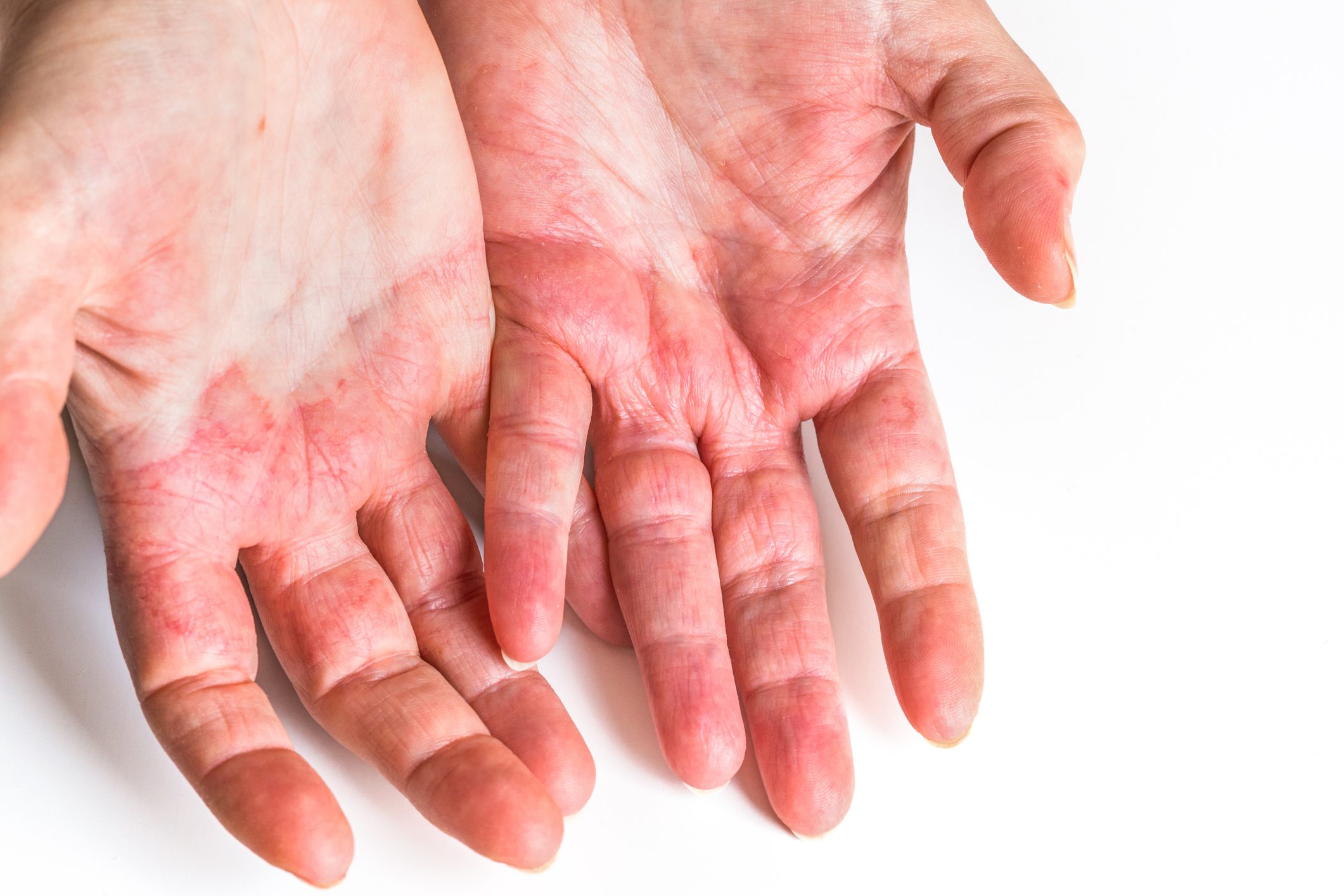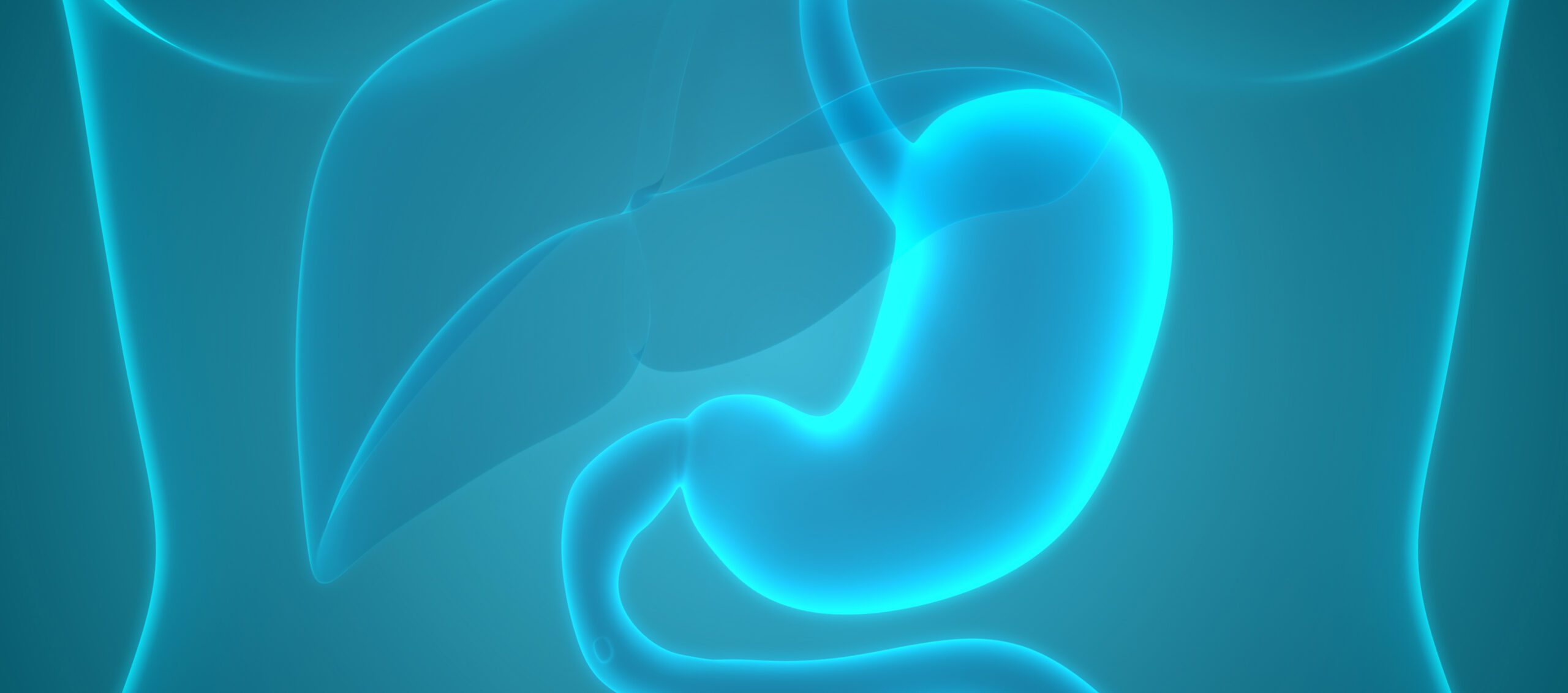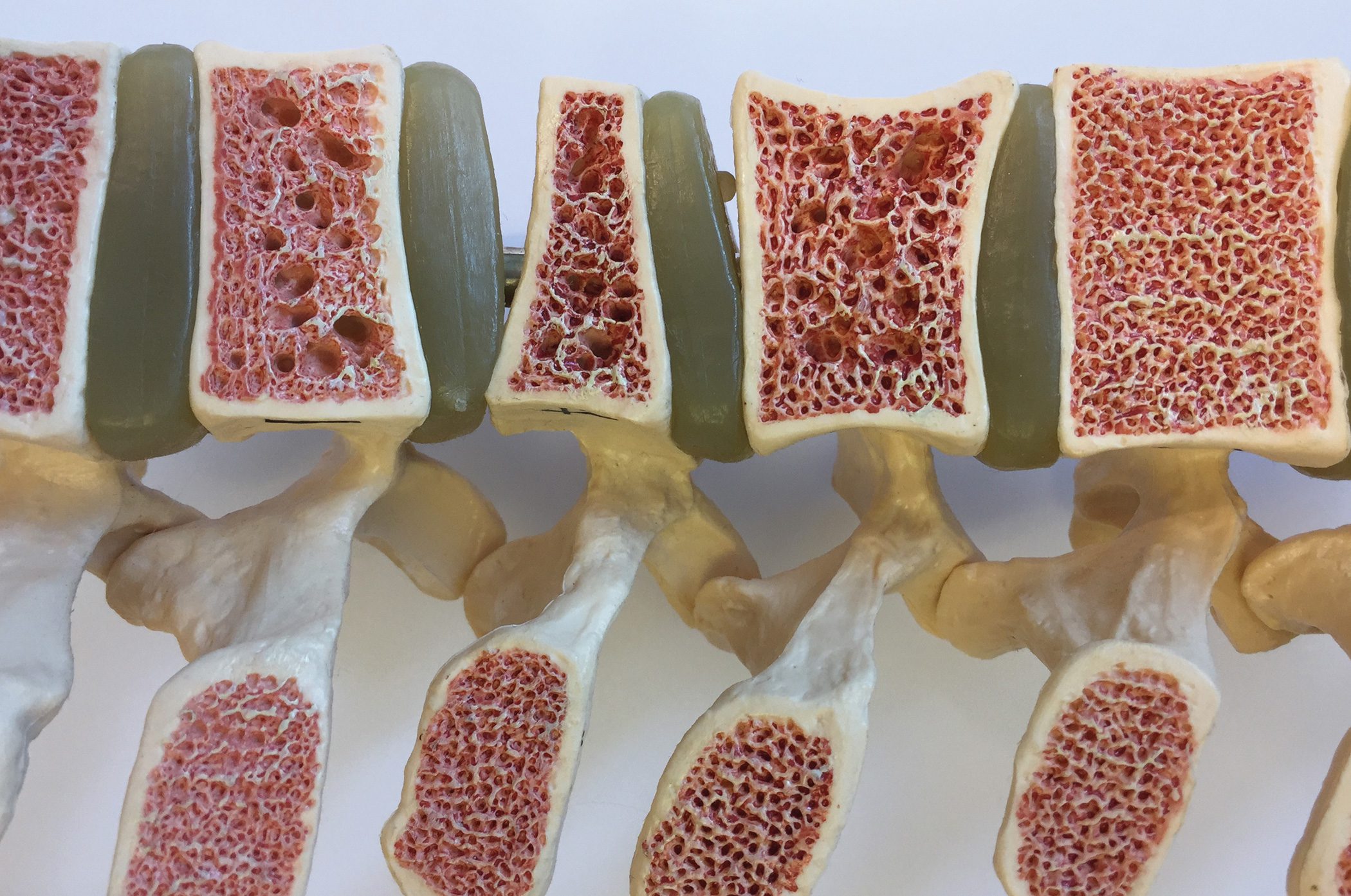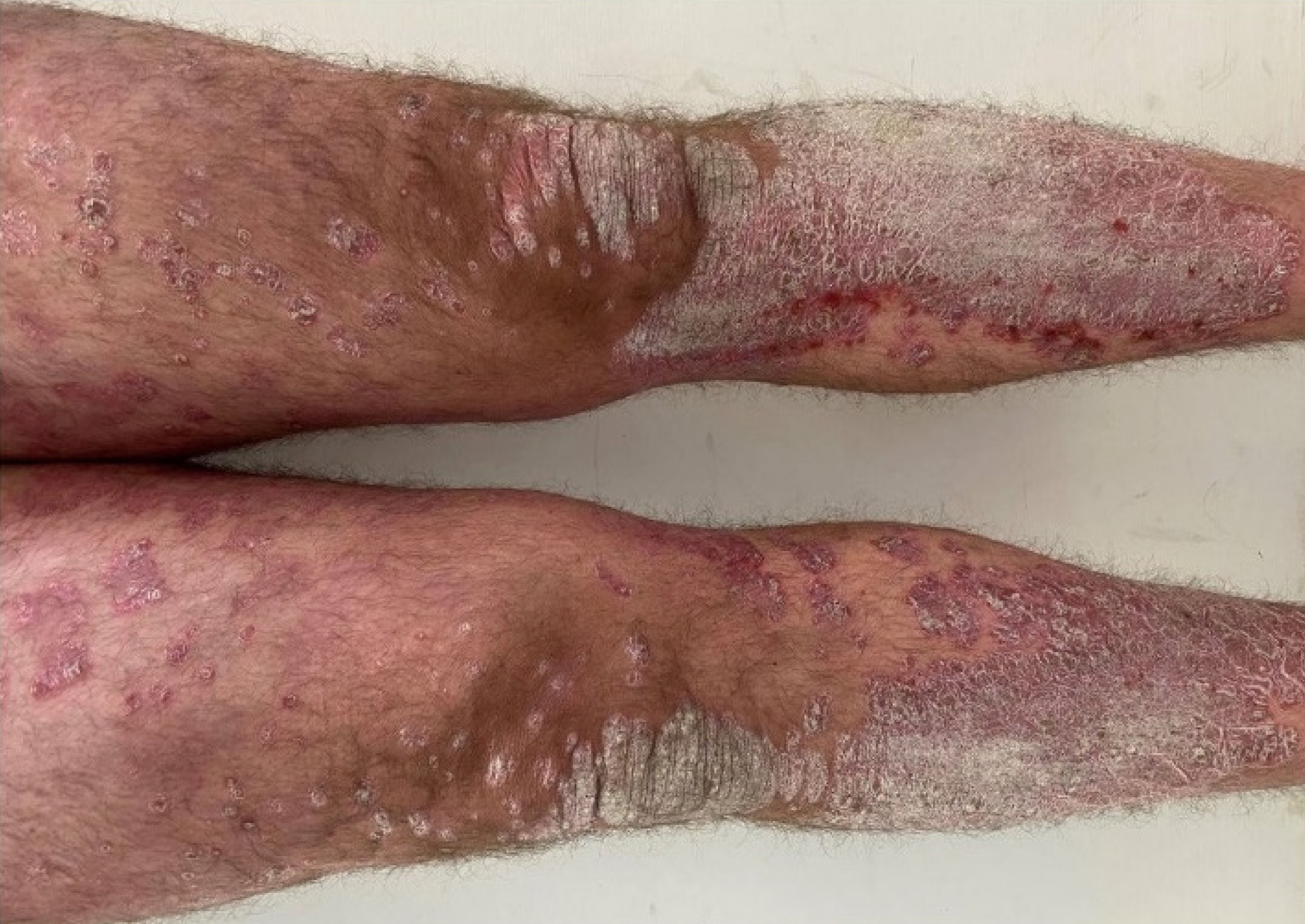Many Parkinson’s patients experience motor fluctuations after several years of therapy. The duration of these uncontrollable fluctuations in mobility can be significantly reduced by adjuvant therapy with the COMT inhibitor opicapone. At the Virtual Congress of European Neurologists (EAN), renowned specialists presented a series of current studies on this topic at a symposium.
After many years of levodopa therapy, its efficacy may decrease even before the next scheduled dose. During this wearing-off phase, typical Parkinson’s symptoms increase. In addition, there is a sudden change between good mobility (On) and immobility (Off). Such events occur with increasing frequency as the duration of the disease increases. However, motor fluctuations can also occur in early phases (<2.5 years), which are then often not diagnosed as such, said at a symposium of the company BIAL at the EAN Congress Prof. Dr. med.Fabrizio Stocchi, Parkinson Center San Raffaele, Rome (Italy)1.
Questions like a detective
“We neurologists need to act like detectives and ask patients specific questions about their motor skills and the effect of medications to detect fluctuations,” advised Monica Kurtis, MD, Clinical Motor Physiology Laboratory, New York (USA) [BOX 1]. Special questionnaires are available for this purpose (movementdisorders.org). In addition, patients should be precisely informed about on-off phenomena, motor fluctuations and dyskinesias. Videos and keeping a diary are very useful. On future developments, Prof. Francesca Morgante, MD.Francesca Morgante, St. George’s University of London (UK), provided information. For example, special smartwatches will automatically record Parkinson’s symptoms, including motor fluctuations, around the clock.2, 3.
|
Key questions for identifying motor fluctuations.
|
Different therapeutic options
What strategy should be used to manage patients with motor fluctuations? First, it is important to define the key goals for treatment, explained Prof. Joaquim Ferreira, MD, University of Lisbon (Portugal). These include delaying progression, avoiding complications, reducing off-times, prolonging on-times and, if possible, improving tremor, fatigue and anxiety. Today, a number of therapeutic options are available for this purpose: additional administration of a dopamine agonist, switching to another MAO-B inhibitor, additional administration of a catechol-O-methyltransferase (COMT) inhibitor, switching to slow-release levodopa, increasing the levodopa dose and / or shortening the intake intervals, additional amantadine or an additional anticholinergic. All options depend on the age as well as the disease and general condition of the affected person. So which of these strategies is best? “We don’t know for sure yet. The decision is influenced by the effectiveness and safety of the different options and by practical considerations,” says Prof. Ferreira.
Increase levodopa half-life
In order to achieve the most continuous dopaminergic stimulation possible, the addition of further combination partners to levodopa is possible. For example, COMT inhibitors block the peripheral degradation of levodopa and thus increase its half-life. With tolcapone, there is a safety issue regarding liver toxicity, Prof. Ferreira4 explained. Compared with placebo, entacapone reduces off-time by about 40 minutes, and opicapone (Ongentys®) even by about one hour5– 7. Opicapone can also significantly simplify therapy: While up to ten tablets (200 mg each) must be taken daily with entacapone, the recommended dose of opicapone is 50 mg 1× daily at bedtime, at least one hour before or one hour after taking the levodopa combination drug8, 9. In addition, diarrhea rarely occurs with opicapone (<1.5%) and urine discoloration never occurs10.
Significant reduction of off-time
In the randomized phase III BIPARK-I study of approximately 600 Parkinson’s disease patients suffering from motor fluctuations, three different opicapone doses were compared with entacapone and placebo6.. Opicapone (50 mg) was found to be significantly superior in terms of reduced off-times not only to the two lower opicapone doses (5 and 25 mg) but also to placebo. While the reduction in mean off-time with opicapone (50 mg) was -116.8 minutes, it was -96.3 minutes for entacapone and -56 minutes for placebo. “Compared with placebo, this is a net gain of at least one hour per day, which is significant for our patients,” said Prof. Dr. med.Heinz Reichmann, University Hospital Dresden (D). The most common adverse effects were dyskinesia in 16% in the 50-mg opicapone group, but these could be easily counteracted by reducing the levodopa level, the expert said6, 11. Constipation (6%) and insomnia (6%) were also observed to a lesser extent. Overall, however, opicapone is a well-tolerated substance, stated the speaker6, 12.
Better results in early disease stages
New subgroup analyses showed that the reduction in off-time was greater for recent motor fluctuations (≤1 year, i.e., in more recent patients*) than for longer-occurring13. that first-line adjuvant therapy with opicapone also yields a reduction in off-time of almost two hours (-109.2 minutes vs. placebo -40.3 minutes) is promising, said Prof. Reichmann [BOX 2]14. Dyskinesia rates are also lower when opicapone is used in early stages of disease than in later stages13. Off-time improvements with opicapone are seen at both higher (500-600 mg/day) and lower L-dopa doses (300-400 mg/day)15.
Interestingly, diurnal differences in effect exist among different COMT inhibitors. In one analysis, a substantial reduction in early morning off time was observed with opicapone16. In contrast to patients on entacapone, those treated with opicapone showed a reduced “early morning off pattern” and a faster “on pattern.” “This faster control is an example that it may be worthwhile to treat with opicapone or to consider a drug switch,” Prof. Reichmann said.
|
Opicapone as effective adjunctive first-line therapy in levodopa-treated subjects with Parkinson’s disease and end-of-dose motor fluctuations14
|
Bibliography
Brief technical information Ongentys®
|
Imprint This report was produced with the financial support of BIAL SA. Source: Satellite Symposium “Motor fluctuation management: now and what next?”, EAN Congress 2021, virtual, 20 June 2021. Organizer: BIAL SA. Ongentys® Short Subject Information Bial-ON/JUL21/CH/102 First publication appeared in: BrainMag 2021; 4: 80-81. |














